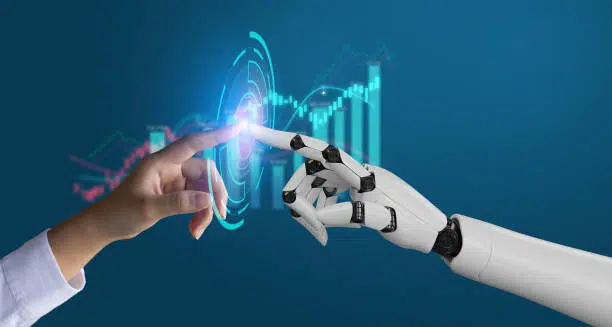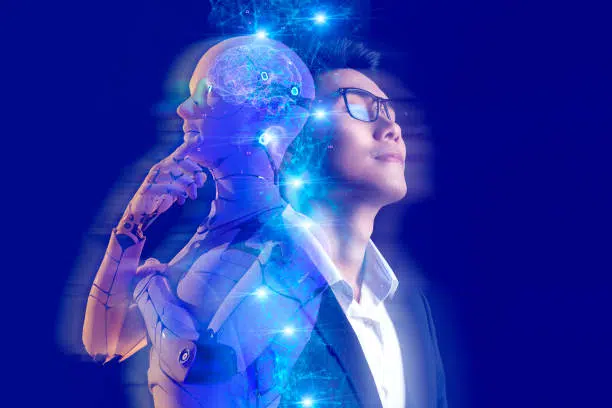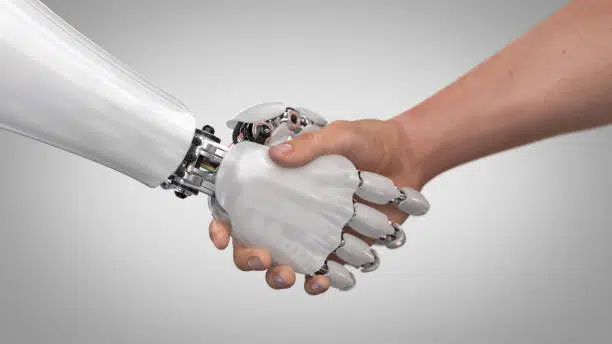The debate between human and machine translation continues to shape the industry in the ever-evolving landscape of translation services. This post delves into the strengths and limitations of each approach, dissecting their performance in terms of accuracy, adaptability, and overall quality.
Round 1: Accuracy and Nuance
In this round, we’ll explore the strengths and limitations of both human and machine translations, focusing on accuracy and nuance.
Human Translation:
Humans are great at understanding context, figuring out double meanings, and catching subtle details in language. They can handle idioms, cultural references, and the evolving nature of language, keeping the richness of the original text. The human touch ensures the message is conveyed accurately, considering cultural and contextual nuances that machines might miss.
Machine Translation:
Machines are fast and affordable for simple translations. They can quickly process lots of content, making them a good choice for basic translation needs. But, when it comes to complex content with cultural subtleties or context, machines struggle. They might not get idioms or double meanings right, so human help is needed to keep the message accurate and intact.
In summary, machines are good for certain translations, but human translators are crucial for handling the complexities of language and ensuring accurate communication.
Round 2: Creativity and Adaptability
In this round, we’ll delve into the realms of creativity and adaptability, examining how both human and machine translations handle diverse styles, tones, and target audiences.
Human Translation:
People who translate are good at changing their style, tone, and words to fit different situations. Whether they’re working on ads, stories, or things specific to a culture, human translators use their creativity to make translations that connect well with different groups. They understand sayings, cultural stuff, and the subtle parts of language, so their translations not only say the same thing but also capture the right feelings and cultural ideas.
Machine Translation:
Machines are getting better at translating quickly, but they struggle with creative or unclear language. They have a hard time understanding the subtle parts of expressions or things specific to a culture, so their translations might not sound right. People often need to fix machine translations to make them match the style, tone, and cultural details. This way, we get the speed of machines combined with the creative skills of humans for translations that fit different situations.
In short, human translators are good at adapting to different content, and even though machines are improving, they often need human help to make translations that truly connect with people in various situations.
Round 3: Ethics and Trust
In this round, we’ll examine the ethical considerations surrounding both human and machine translations, shedding light on issues of data privacy, confidentiality, bias, and transparency.
Human Translation:
When people translate, there are ethical concerns about keeping information private, especially in legal or confidential stuff. Certified human translators follow rules and promise to keep things confidential. Clients can trust them because they know their information will be safe and handled with care.
Machine Translation:
Using machines to translate also has ethical issues, mainly about possible biases and mistakes in how the algorithms work. To fix this, it’s crucial to be clear about where the machine learned its stuff and make sure it learned from a diverse and fair mix of information. This helps avoid problems, and users need to know the machine’s strengths and weaknesses so they can decide if they can trust what it translates.
In short, both human and machine translations need to be careful about privacy and fairness. People trust humans because of their rules, and for machines, being open about where they learned stuff helps people decide if they can rely on the translations.
Conclusion
In the evolving landscape of translation services, both human and machine translation possess unique strengths and face distinct challenges. The discussion highlights the indispensable role of human translators in preserving linguistic richness, accuracy, and ethical considerations. Simultaneously, it recognises the advancements made in machine translation, particularly in terms of speed and efficiency.
As we navigate this dynamic intersection of human expertise and technological innovation, it becomes evident that there is no one-size-fits-all solution. Instead, a promising trend is emerging—one that envisions a future where the synergy of human and machine translation, in the form of hybrid models with human oversight, becomes the industry standard. This approach holds the potential to deliver optimal results by combining the creativity, adaptability, and ethical responsibility of human translators with the efficiency and affordability of machine translation.
For businesses and individuals seeking translation services that guarantee top-notch quality, consider the advantages of professional translation services. These services offer the expertise of certified human translators coupled with the efficiency of advanced machine translation technologies. Embrace the future of translation by leveraging the best of both worlds to ensure unparalleled accuracy, adaptability, and overall quality in your multilingual communication needs. Explore the possibilities of hybrid translation models with human oversight to elevate your content to new heights.
Related Posts

Get a quote today
"*" indicates required fields
Subscribe today to receive the latest insights and updates from Sylaba Translations









